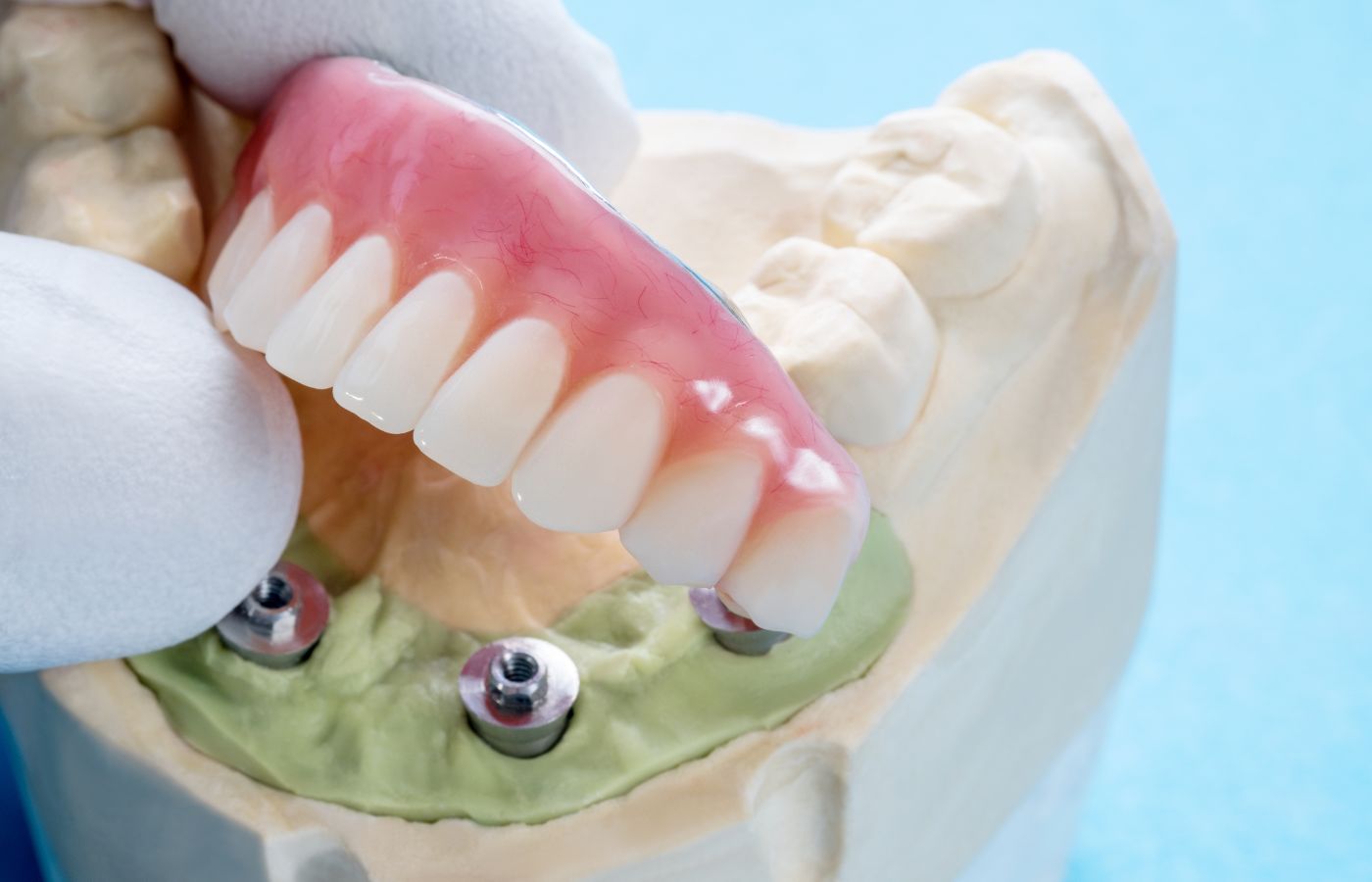
Dental implants have become one of the most reliable and advanced options for replacing missing teeth. Unlike traditional dentures or bridges, dental implants offer a more permanent solution, closely resembling natural teeth. However, the success of a dental implant procedure depends on a variety of factors, one of the most important being the bone density of the jawbone.
Dental implants are small titanium posts that are surgically placed into the jawbone to replace the roots of missing teeth. Once the implant integrates with the bone, it acts as a sturdy foundation for a replacement tooth or a bridge. The procedure is designed to mimic the natural function of teeth, offering patients a lasting solution that looks and feels like their own teeth.
Tooth implants have revolutionized the way we approach tooth replacement, providing a long-lasting, stable, and natural-looking option. However, the key to their success lies not only in the skill of the surgeon or the quality of the implant but also in the health of the jawbone.
Bone density refers to the amount of mineral content in the bone, which determines its strength and ability to support structures like dental implants . Adequate bone density is essential for the stability of the implant and its long-term success. Here’s why bone density plays such a significant role:
For a dental implant procedure to be successful, the implant needs to fuse with the jawbone in a process called osseointegration. This is a crucial part of the implant process, where the bone and the titanium post bond together. If the bone density is too low, the implant may not integrate properly, which can result in failure.
• Bone Support:Dental implants need sufficient bone to anchor them securely. If the bone is not dense enough, there’s a higher risk that the implant will not stay in place, leading to complications such as implant loosening or failure.
• Long-Term Health:Bone density plays an important role in the long-term stability of the implant. If the bone surrounding the implant begins to deteriorate or weaken over time, the implant can shift or even fail completely.
• Prevention of Bone Loss:Jawbone loss typically occurs after tooth loss. The absence of natural teeth reduces the stimulation needed to keep the jawbone strong. A dental implant helps to stimulate the bone and prevent further bone loss, but if the bone density is too low to begin with, additional procedures may be needed to restore bone strength before placing the implant.
Several factors can affect the quality and density of your jawbone, making it important to evaluate them before undergoing a dental implant procedure. Some of these factors include:
If you have low bone density but are still interested in getting dental implants, there are ways to improve bone quality and prepare the jaw for implant placement. Here are some options that can help:
Bone grafting is a surgical procedure where bone tissue is taken from another part of your body or from a donor and placed in the jaw to rebuild the bone. This is often done when the jawbone is too thin or weak to support implants. The grafted bone integrates with the existing bone, making it stronger and more suitable for dental implants.
2. Sinus Lift:In cases where the upper jawbone is too thin or weak to support an implant, a sinus lift procedure can be done. This involves lifting the sinus membrane and adding bone to the upper jaw to increase bone volume.
3. Platelet-Rich Plasma (PRP):Some patients benefit from using PRP, which is derived from their own blood. This treatment helps stimulate bone healing and regeneration, promoting bone growth around the implant site.
4. Implant Design and Placement:Advances in implant technology have made it possible to use implants of different sizes and designs to accommodate patients with low bone density. A skilled surgeon will evaluate the quality of your jawbone and use the best implant design to ensure success.
The dental implant cost can vary significantly based on several factors, including the type of implant, the complexity of the procedure, and any preparatory treatments such as bone grafting. When bone density is a concern, additional procedures to improve bone health, such as bone grafting or a sinus lift, may add to the overall cost. However, the long-term benefits of implants often outweigh the initial investment, as they provide a durable, natural-looking solution for missing teeth.
The success of dental implants is deeply influenced by the bone density of the jaw. Adequate bone density ensures that the implant remains stable, integrates well with the bone, and provides long-term functionality. While low bone density can pose challenges, there are various treatments and techniques, such as bone grafting and sinus lifts, that can help restore bone strength and improve the chances of a successful implant.